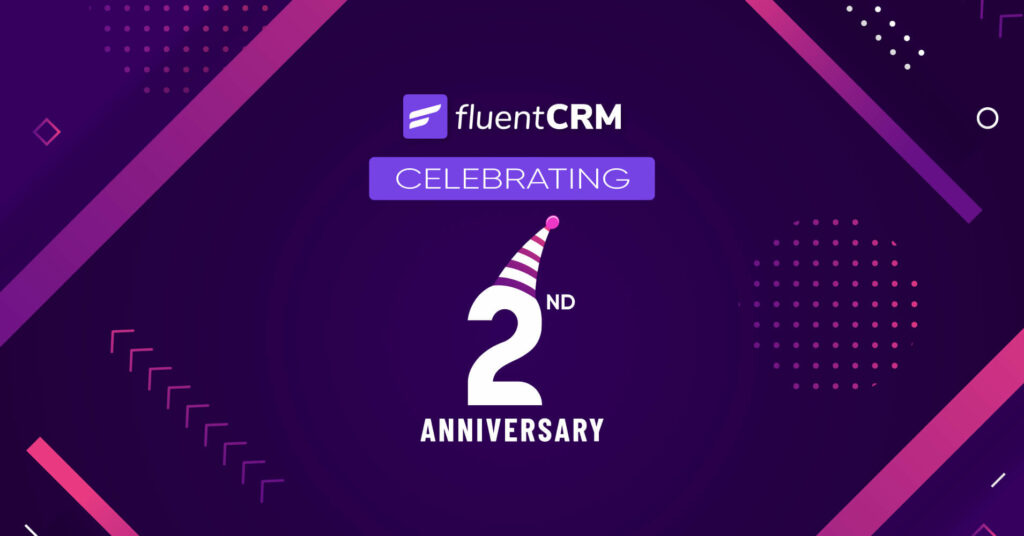
With the sudden possibility of email marketing changing altogether, it’s pretty challenging to be sure of what stays and goes from the handbook of best practices. However, email sequences are going to serve the purpose well enough as they do now.
So some things can be said for sure!
A successful email marketing strategy relies a great deal on email sequences. And what’s not great about automating most generic email interactions and making them seem personal and organized?
That brings us to the topic of today’s blog.
Do’s and don’ts for sequence emails!
Email sequences are a broad topic, and we’ve found so many people on different levels of understanding it. So, we thought it would be useful to look at the basic dos and don’ts you can apply for your email strategy.
Do: Focus on benefit
Remember that whoever you are sending your email sequence to, it’s good to assume they don’t have much time. If they open your email, they’d like to know what’s in it for them.
Keep it to the point. Start straight from your target’s pain points and explain how your product solves them. Focus on the benefits of your product and how it’ll make a difference in their lives.
Don’t: Over explain
You can’t waste time telling them how the product became so great. Or what makes you a perfect place to get what they need. Keeping it concise and on point helps the conversation flow, so you can achieve your ultimate result.
Do: Time it right
Timing is everything for email sequences. A little too early or a little too late can turn a perfectly good sequence into a worthless pile of text.
Each type of sequence has a perfect window when you get the most benefit. For Welcome sequences, that window is immediately after sign-up. The same goes for cross-selling sequences after purchase.
On the other hand, re-engagement sequences and renewal sequences should be timed well after the user has spent time on your website or has been inactive. So, time it right to hook up your users in a trice!
Don’t: Nag relentlessly
Possibly the most critical thing to keep in mind is, not take it to the point of nagging when sending emails. If your prospect is annoyed by the frequency of rearing your head in their inbox, that’s bad for business.
Adhere to a well-dispersed time frame so your emails have significant time in between. You can design sequences that send over long periods of time with most marketing CRMs, as with FluentCRM.
Do: Have a Call To Action
Your email sequence should definitely have an overarching goal. Whether it be booking a meeting or demo, renewing a contract, or anything for that matter. Your goal needs to be concise and easy to achieve through your prospect. This is your Call To Action or CTA.
A good CTA needs,
- A sense of urgency
- Proper font and background colors that make it distinct.
Don’t: Make the CTA hard to read/find
If your CTA isn’t readily visible you’re not doing yourself any good. A poor CTA looks like a cheap attempt at getting a click or two. That should not be an impression you want your business to leave.
Ways you can mess up your emails performance,
- Placing your CTA randomly
- Not using action oriented words
- Broken CTA in HTML
Do: Make your subject line catchy
The first thing your recipient sees is your subject line. It’s the point where the instant decision on whether your email is worth reading or not. There has hardly been a better way to increase engagement than to write better subject lines in the history of marketing.
A good subject line would be short (within 50 characters) and complement the content & tone of the email. Personalization is a definite plus if you can do it right.
Don’t: Use cliche and sales-heavy language
While your product, service, or content might seem unique to yourself, your reader may find it as just another chatter for attention in their inbox. Unless, of course, you have something to say about it (you do!).
Avoid putting jargon in your subject line, or anywhere on your email for that matter. Search out the words and situations that your audience might find intriguing or at least relevant for them.
Let the generic “this is amazing(!)” lines rest in the sales graveyard. Keep it respectful and friendly.
Do: Optimize and test
Every email needs to be optimized. And here’s absolutely no way around that. Check your HTML for compatibility issues if you’re using any.
The last thing you need is a prospect receiving a broken email. They’ll lose faith in you and it’ll be way harder to earn it back.
Also, send test emails to make sure every sequence and funnel is working appropriately. FluentCRM lets you test all your email templates and sequences.
Don’t: Forget your mobile users
While you’re optimizing your emails, it’s a crime to forget about the mobile users. Up to 70% of readers prefer reading emails on their mobile devices. If you’re not optimizing for mobile you’re making a rookie mistake that can’t be forgiven.
Formatting for mobile devices is very basic.
It should be simple and clean, with images and text that are meant to be read on smaller screens. The best practice would be to keep content to a single column and use images that are no wider than 600 pixels.
Wrapping Up
Email sequences tend to get out of hand pretty quickly. So it’ll be a good idea to check these boxes before sending thousands of emails. We figured the fundamental features that can make or break your email marketing game plan and put them together for your benefit.
If you need some inspiration, check out our tutorial on four excellent email sequences.
We’re more than happy to hear what you think and if you’ve got more do’s and don’ts. Until next time, happy mailing!










Leave a Reply